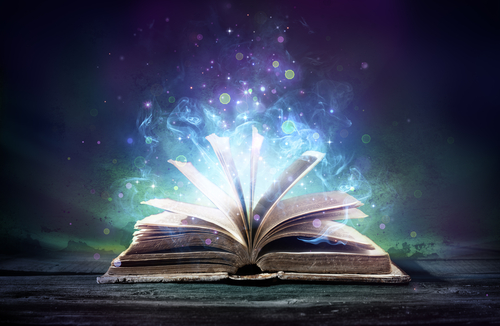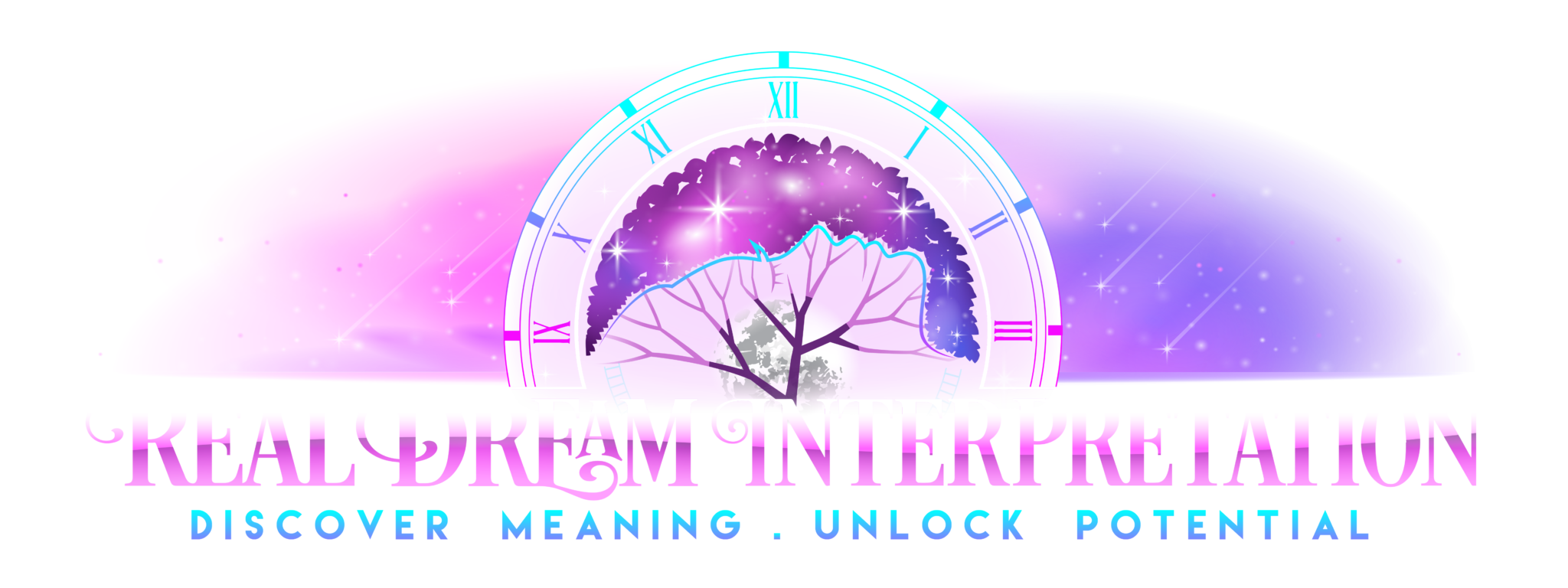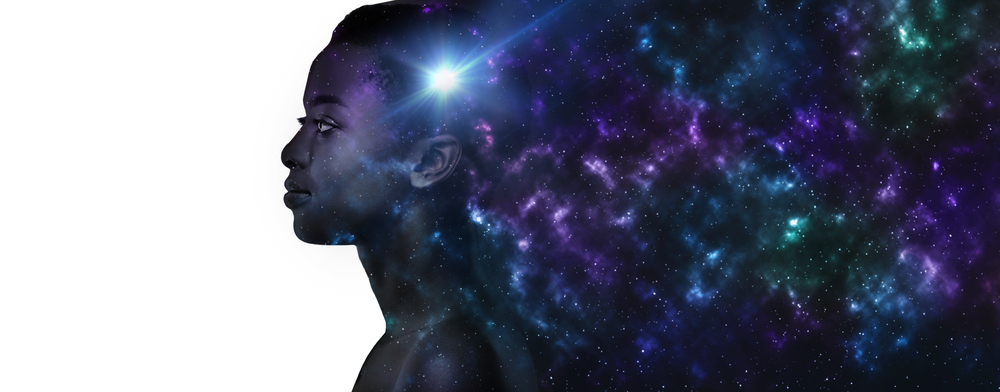Dreams are more than mere nocturnal wanderings of our minds; they are portals to the hidden recesses of our inner worlds. In this post, we delve into the profound significance of dreams, from keeping dream journals to deciphering their symbols. Join us on a journey to understand how dreams can guide us through life, signal changes, and connect us to our collective consciousness. Discover the power of dreams, unveiling the mysteries of our existence.
Table of Contents - Jump to Section
Dreams Show Us What We Do Not Know
A dream fact that people tend to completely miss is that every dream, regardless of its apparent insignificance, reveals a fresh aspect of ourselves or a life situation. You won’t find your answers in a dream dictionary or on typical dream sites. To understand your dream, you must look inward.
Keeping a Dream Journal Helps You Remember Dreams
 This dream fact relates to the idea that in order to remember your dreams, you need to maintain an open line of communication with the unconscious – the place from which your dreams emerge. Jung said we should take every dream with us, keep it in our pockets, and pull it out to look at it throughout the day.
This dream fact relates to the idea that in order to remember your dreams, you need to maintain an open line of communication with the unconscious – the place from which your dreams emerge. Jung said we should take every dream with us, keep it in our pockets, and pull it out to look at it throughout the day.
Dream Fact: Dreams Speak About Your Current Situation
You must first take every dream in light of what is happening in your life at the time of the dream. Ask yourself, “what does this dream tell me about my life? What am I missing right now?” You may not get the full picture immediately, but if you continue to watch your dreams, eventually you will see it.
Dream Fact: Symbols of Impending Outcome
 Dreams often serve as symbolic representations of possible futures, rather than straightforward predictions. Carl Jung had some patients with prognostic dreams, like this one man who had achieved a lot in his career but still wanted more, even when it was clear he was pushing himself too hard.
Dreams often serve as symbolic representations of possible futures, rather than straightforward predictions. Carl Jung had some patients with prognostic dreams, like this one man who had achieved a lot in his career but still wanted more, even when it was clear he was pushing himself too hard.
Among his many dreams, one stood out. In it, he saw a train conductor stubbornly speeding up a train, even though there was a sharp turn ahead. The train was unusually long, and it was obvious to him that if the conductor didn’t slow down, the back end of the train would derail. He woke up terrified.
Jung had a unique take on this dream. He saw the train as a representation of a collective effort, symbolizing the man’s relentless pursuit in the collective sphere. It was as if his over-the-top ambitions were being driven by this enigmatic conductor who paid no heed to the impending danger.
Sadly, the man didn’t take this insight seriously and kept pushing himself. Eventually, the crash he had foreseen in his dream became a reality. He went through a breakdown, left his job, and, unfortunately, never fully recovered.
Our Dreams Can Shape Our Conscious Attitudes and Actions
In our most trying times or moments of suffering, our nightly dreams serve as a reflection of the corrected attitudes and actions we need to adopt in our conscious lives. Take the example above where the man needed to settle his expectations and appreciate his accomplishments. Had he taken the advice of the dream, the outcome would have been much different.
Dreams Tell You When You are on the Wrong Path
I had a similar experience to the man Jung spoke about. In fact, that story gave me the presence of mind to stop what I was doing. This story appears at length in the introduction, so I don’t want to detail again here. It was a plane crash dream which gave me a clear indication I was headed for a neurotic breakdown. If you have catastrophic dreams, you need to take a long, hard look at what you are doing to yourself and change it quickly.
Dreams Speak About Problems in Current Times
And then, there are those archetypal dreams that transcend the personal and convey a message to the collective consciousness. These dreams emerge as a form of healing, bridging the gaps in our collective awareness.
For instance, consider a woman (me) who dreamt of a badly injured, hippy-like figure whom she associated with an ‘earth mother’ archetype. Upon closer examination, this injured figure resembled a Paleolithic goddess. She spoke to the dreamer, saying, ‘I have left a map, showing everyone how to reconnect with me.’ She pointed to a mountain cave.
This archetypal dream illustrates the collective need to reestablish a connection with the wisdom of the divine feminine, something I will elaborate in a later post.
Amazing Dream Fact: Dreaming Never Stops
In a nutshell, the minute we close our eyes and drift into sleep, we’re ensnared by dreams. It might sound a bit out there, but the truth is, we’re all dreaming right now, even as we’re wide awake and reading this. This isn’t some lofty philosophy; it’s a peek into the workings of our minds.
Dreams aren’t just something that happens when we sleep; they’re an ongoing, hidden part of our mental processes, as Carl Jung pointed out in his essay, “Problems of Modern Psychotherapy.” Under the surface of our awareness, the dreaming continues, especially when we’re dealing with repressed thoughts or other unconscious elements.
Inside each of us, there’s a whole world thriving. Close your eyes for a moment, and you might catch a glimpse of it. We call this inner world “fantasy,” but many mistake all fantasies as products of our conscious minds. While we can certainly create fantasies intentionally, it’s not the same as the spontaneous creations of our human psyche.
Day Dream Facts
Just like dreams, these spontaneous mental creations draw us in without our say-so. Think about how often you snap out of a daydream or find yourself “lost in thought” while you’re supposed to be doing something else entirely. These processes are mirrors of our dreams, though we retain some level of consciousness during these moments.
Consider the constant inner dialogues that play out in our minds – debates we’ve had with others, conversations we wish we could have, or even unsettling experiences that stick with us. These are the repressed or unconscious elements that influence us, the ones Jung talked about earlier.
As we slip into slumber, the line between consciousness and the endless world of dreams and fantasies becomes more fluid. That’s why sometimes we wake up from a dream only to slip right back into it, or why we can find our way back into a dream upon waking, even if we initially forgot it. The more you get to know this boundary between your waking and dream states, the easier it becomes to step into that hidden realm beneath your conscious surface.
Dreams Facts: Dreams are an Unconscious Reflection of Ourselves
When you dream about other people, you’re essentially exploring different facets of your own self. What I mean is, each person in your dream symbolizes some aspect of your own character that you may not have fully grasped or embraced yet.
When I say “unconscious aspect of your personality,” I’m getting at the idea that each character in your dream carries a trait within you that hasn’t fully come to light.
Dreams Show Us Rites of Passage
C.G. Jung, Marie-Louise von Franz, Joseph Campbell, and Mircea Eliade – and many more – have shown us time and time again that the threads of mythology and ancient initiation rites still run through our modern lives, woven within the fabric of our dreams. These old rites carried us through archetypal thresholds of experience, for example from childhood into adulthood. This enduring connection reminds us just how profoundly important it is to delve into the world of dreams because they offer us a deeper understanding of our existence.
- Hidden Meaning in Dreams About Flying: A Jungian Analysis - December 17, 2023
- Dreams About Tsunamis:Title Waves of Transformation - October 30, 2023
- What your dreams are telling you about your life - October 27, 2023
Share this Post


